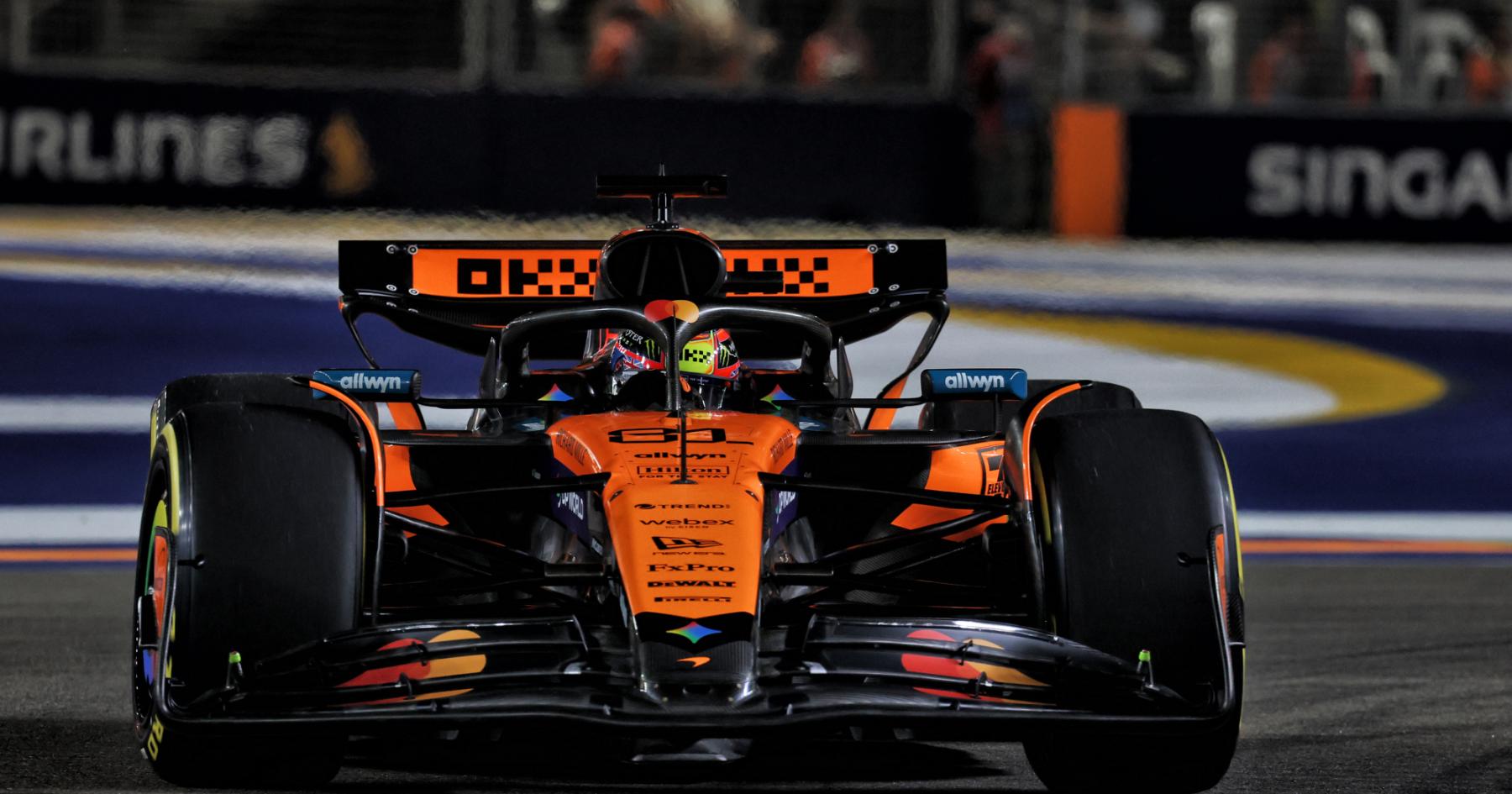Red flags force a rethink at Marina Bay
Oscar Piastri led the way in FP2 at the Singapore Grand Prix after a heavily disrupted session that denied teams the chance to gather long-run data. George Russell’s crash triggered the first red flag just as programs were switching from qualifying simulations to race runs, and a second stoppage for Liam Lawson further squeezed the clock. When the session finally resumed, there was only time for low-fuel laps — with Piastri quickest ahead of Isack Hadjar and Max Verstappen.
'Qualifying is massive here'
With FP3 taking place in similar, unrepresentative daytime conditions to FP1, Piastri accepts he may enter the race with less data than ideal — a trade he is willing to make at a circuit where overtaking remains at a premium. 'Qualifying is a massive part of the weekend… I’d rather qualify further up and deal with the unknown of the race, rather than qualify further back but know exactly what is going to happen,' he explained. 'I found my feet on the medium at the end, and it felt good… it’s been a good day.'
Championship implications
Piastri arrives in Singapore 25 points clear of McLaren team-mate Lando Norris, with Verstappen a further 44 behind Norris. The Australian’s focus on single-lap execution could pay dividends on a track where track position is king — especially amid a tightening performance picture at the front.
Key takeaways
- FP2 red flags eliminated meaningful long-run work for most teams.
- Piastri topped the times, prioritizing qualifying preparation over race simulations.
- Data scarcity may make strategy calls more reactive on Sunday.
With limited race-pace intel and a pack that looks closely matched, Saturday’s grid could go a long way in deciding Singapore’s outcome.

